Design/Produce Hall Sensor
Summary
For the input device assignment, I designed and fabricated a flexible Hall Effect sensor circuit using KiCad for schematic and PCB design, a UV printer for flexible PCB fabrication, and etching methods for removing excess copper. The result was a lightweight, flexible circuit sticker capable of sensing magnetic fields efficiently, as demonstrated in the final test video.
Work Process Detail
1.Schematic Design in KiCad
- Opened KiCad and designed the schematic for the Hall Effect sensor circuit.
- Ensured the schematic aligned perfectly with the available Fab Lab inventory components (using correct footprints and symbol libraries).
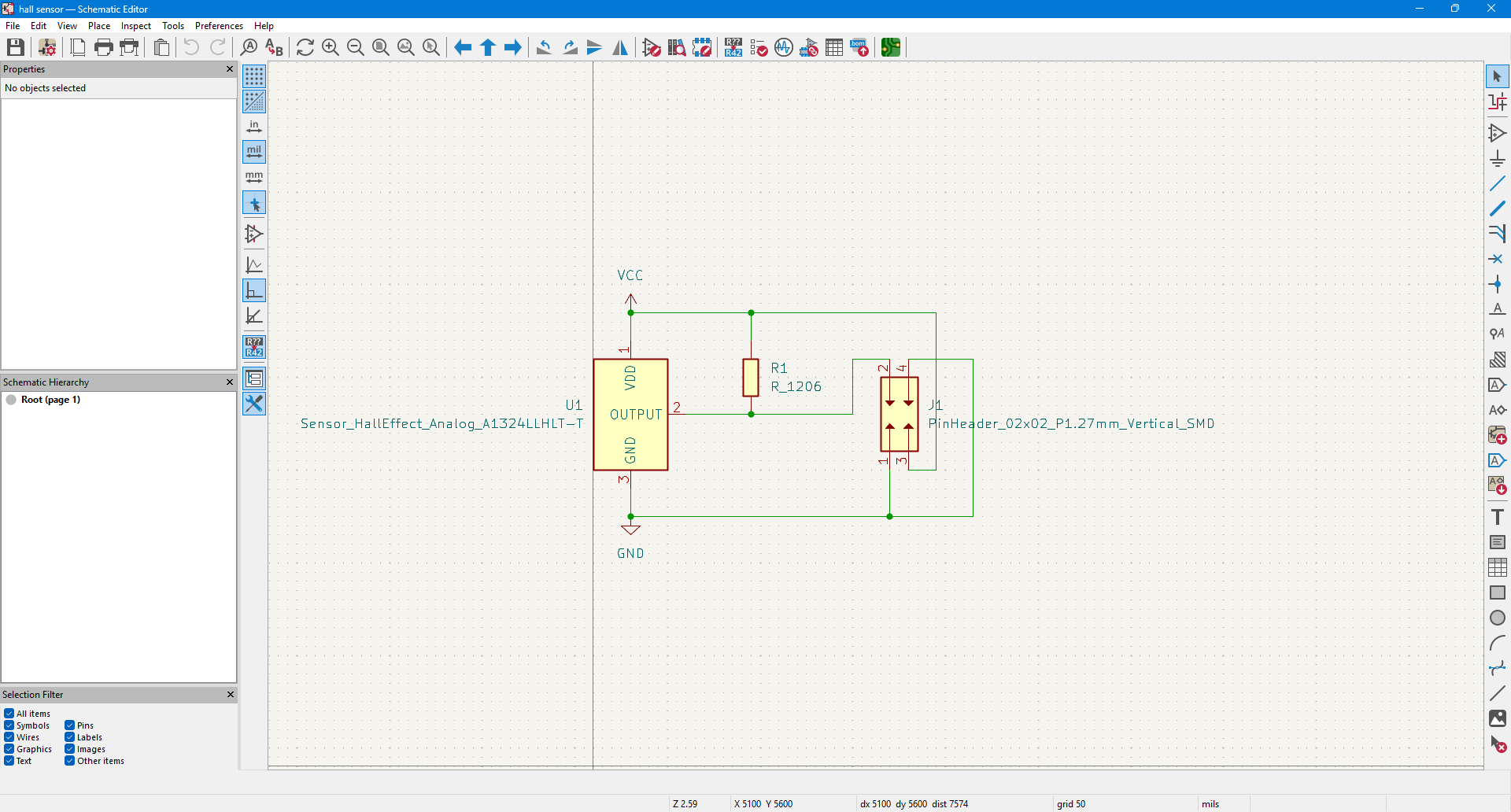
2. PCB Layout
- Moved to the PCB Editor in KiCad.
- Placed and routed components carefully, optimizing for small size and flexibility.
- Verified footprint alignment and proper net connections.
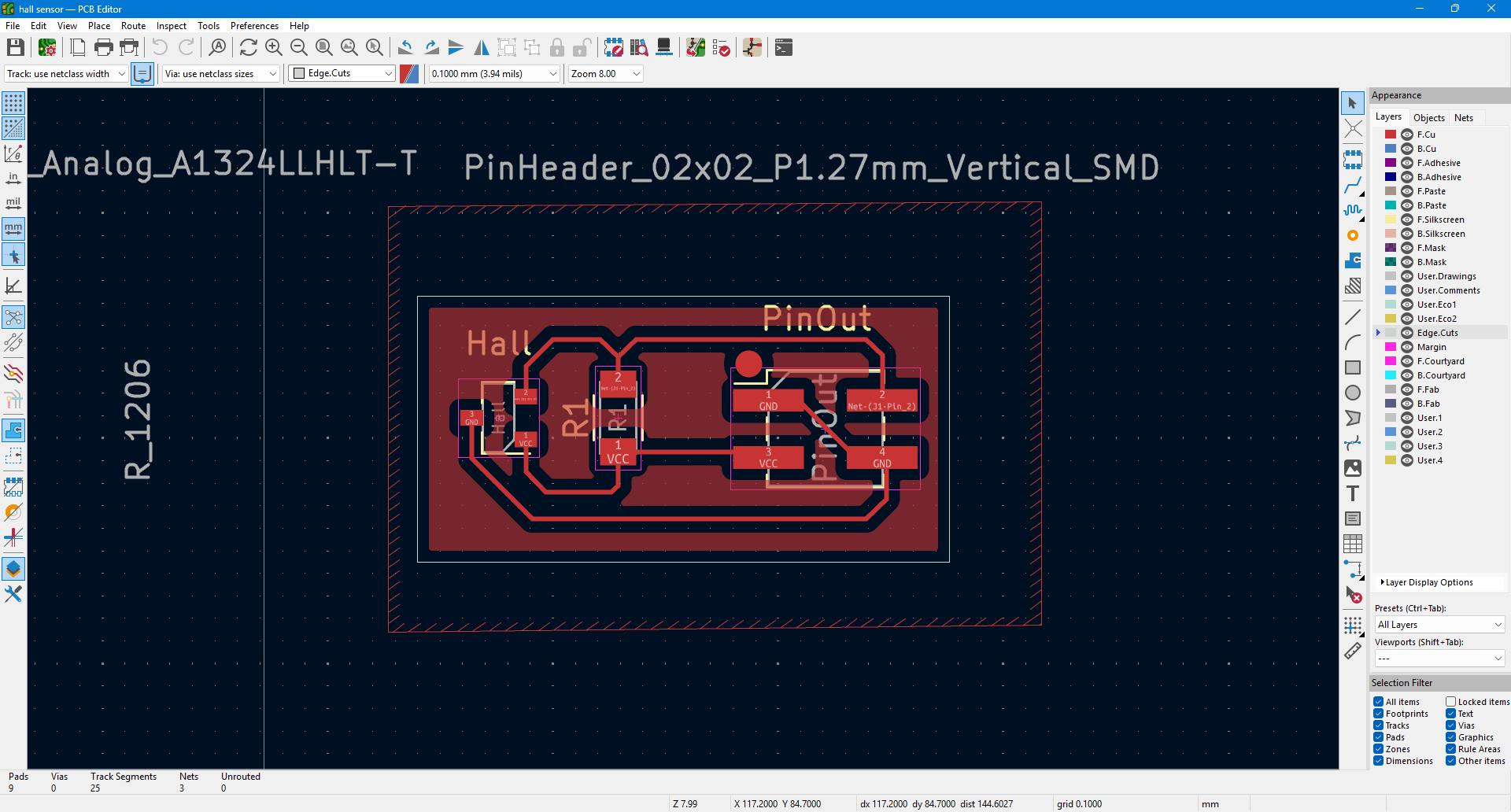
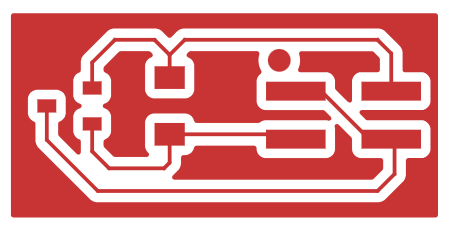
3. Printing the Flexible PCB
- Exported the PCB design and printed it using a UV printer onto copper tape.
- This method allowed the board to be flexible and lightweight, perfect for compact or curved applications.
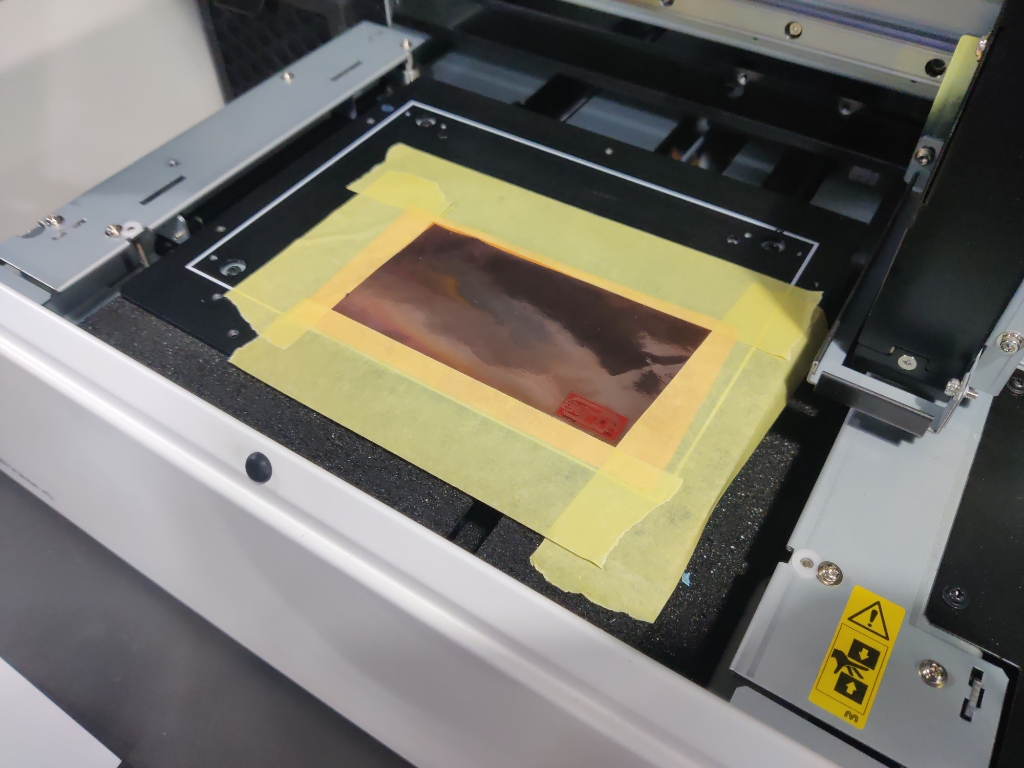
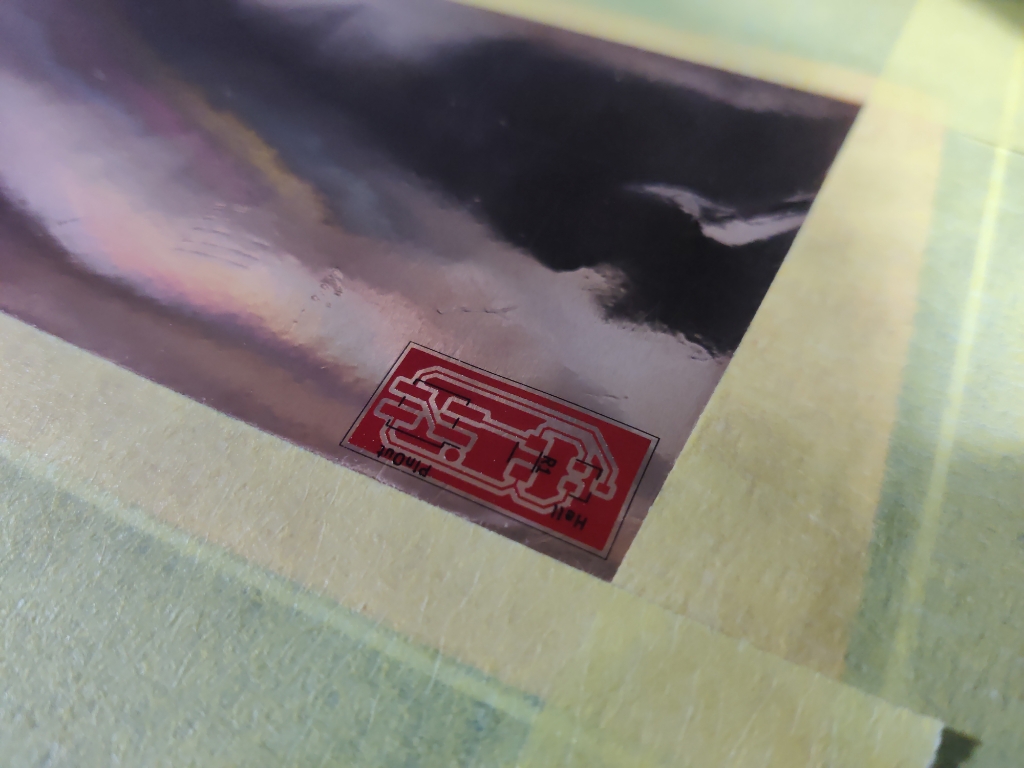
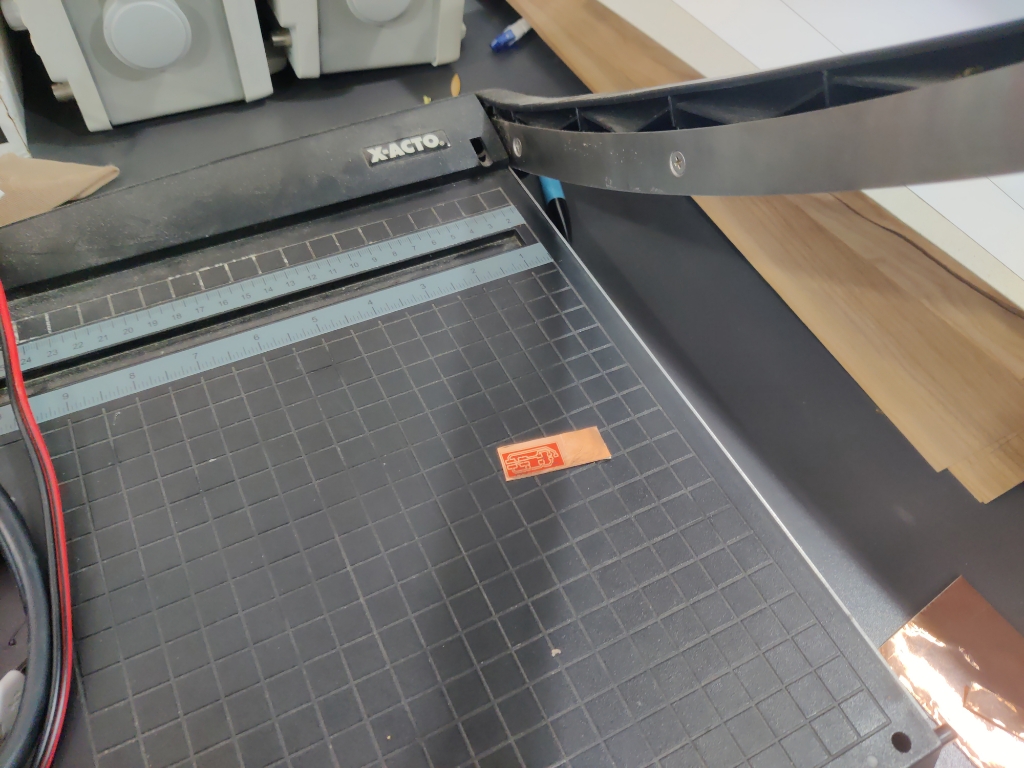
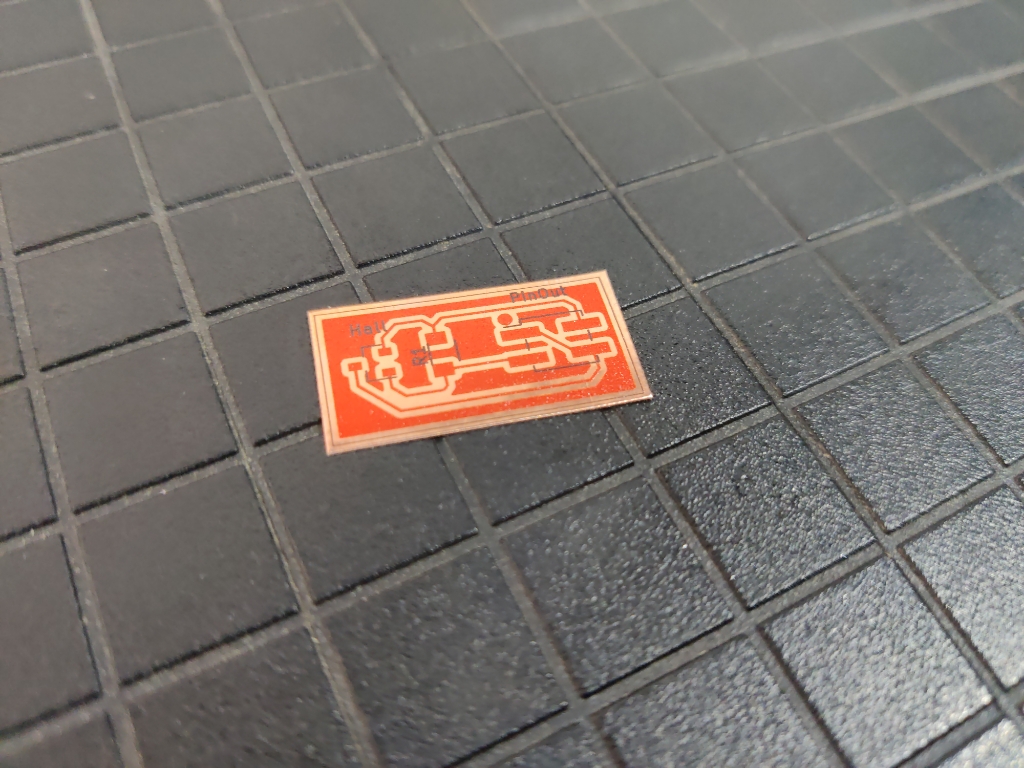
4. Etching Process
- Cut the printed copper tape to the exact required size.
- Performed chemical etching to remove the unwanted copper, leaving only the circuit traces.
- Carefully cleaned and prepared the etched flexible board for soldering.
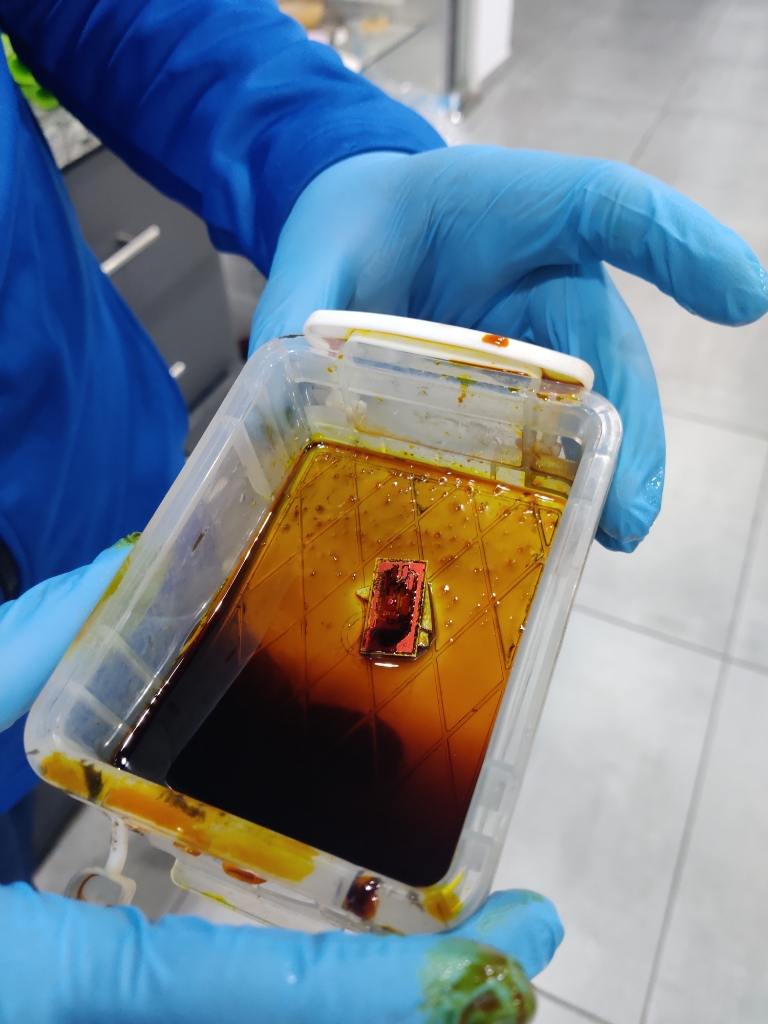
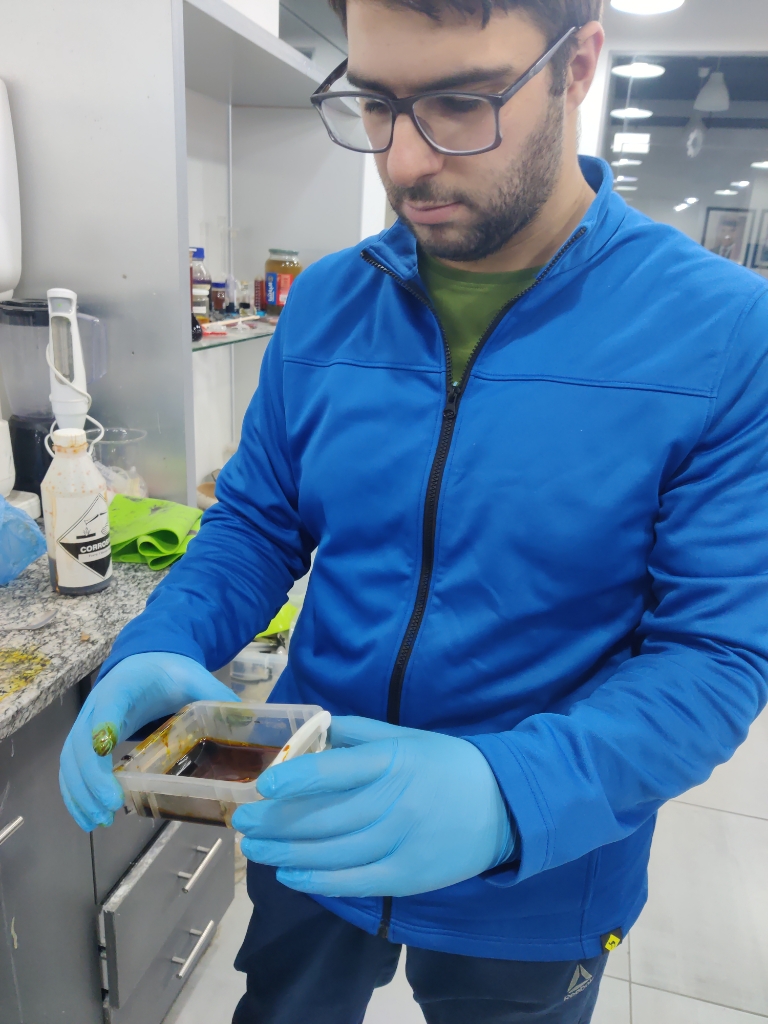
5. Component Assembly
- Soldered the Hall Effect sensor and supporting components directly onto the flexible PCB.
- Ensured connections were solid despite the flexible substrate by using proper soldering techniques.
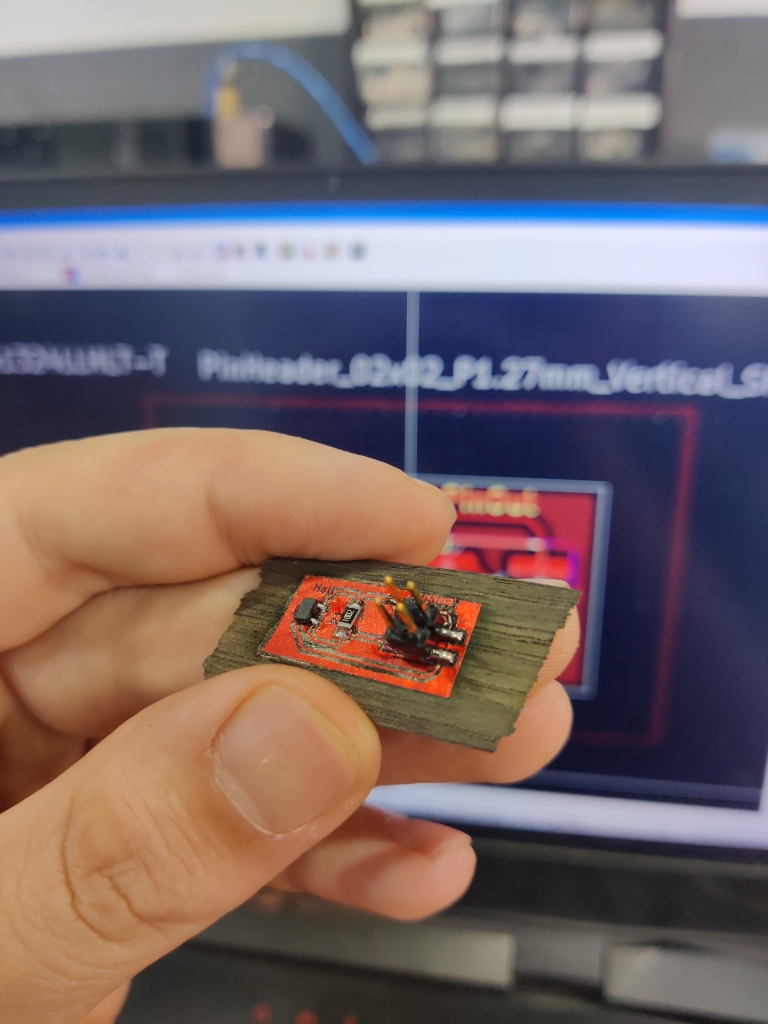
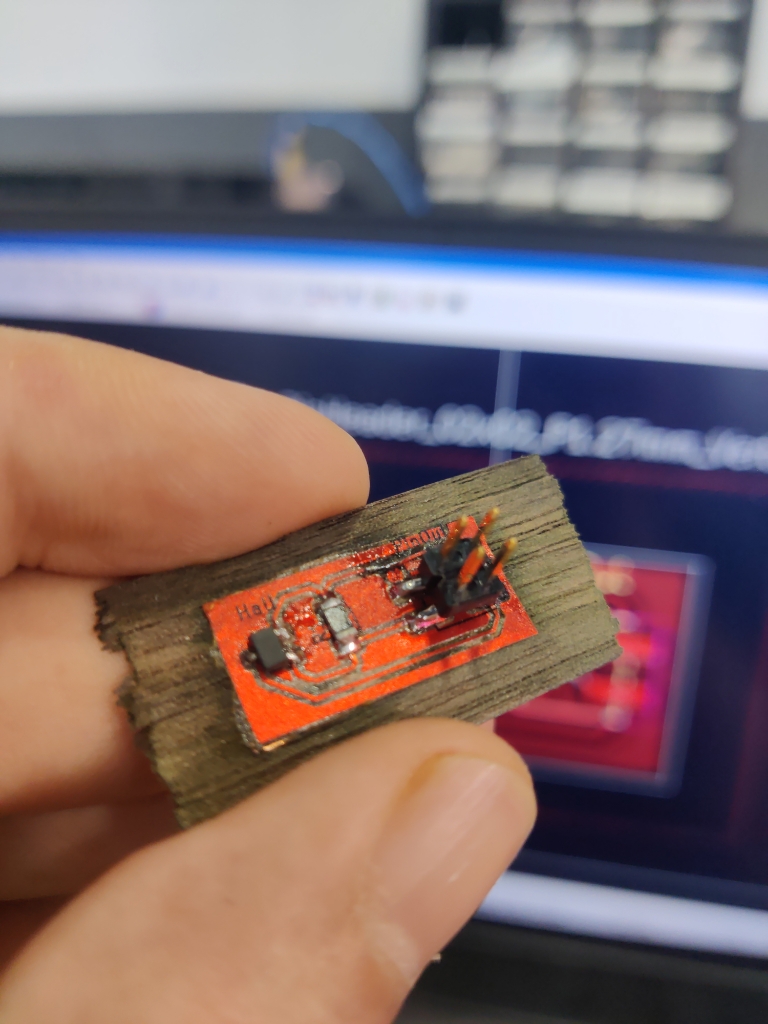
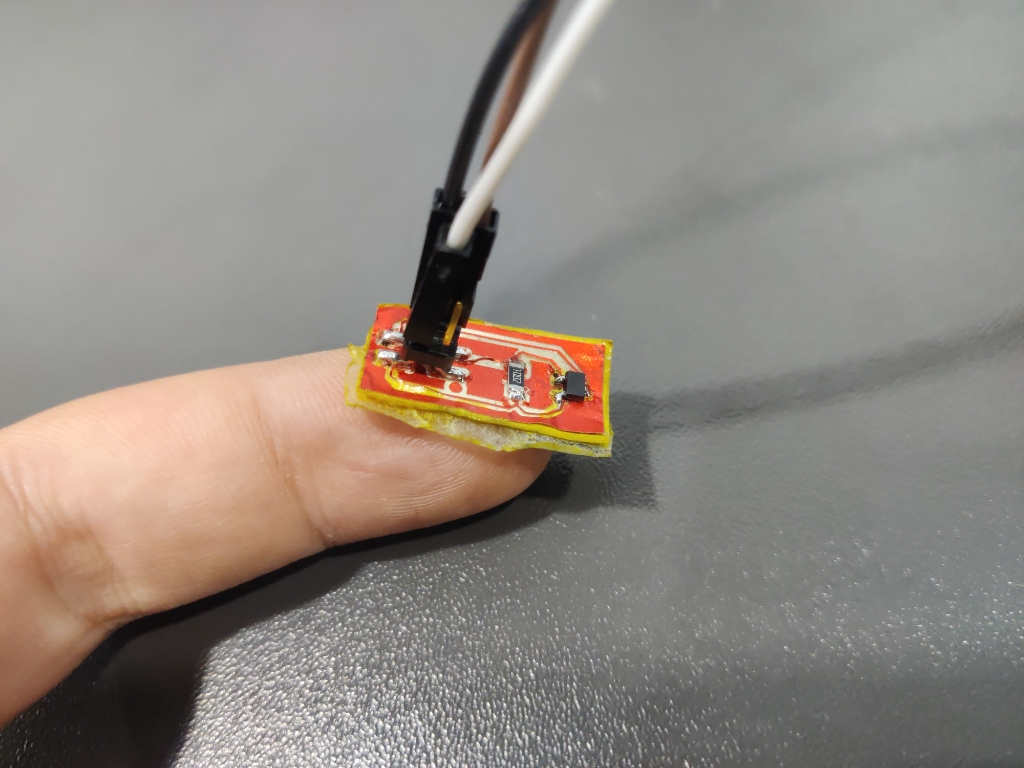
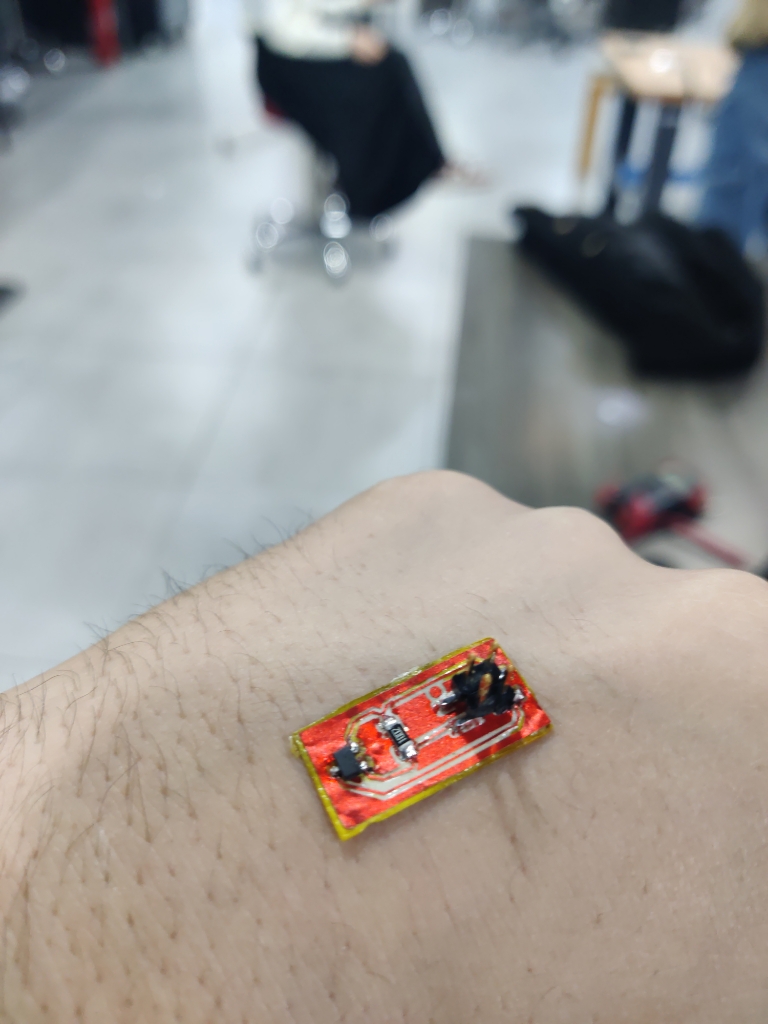
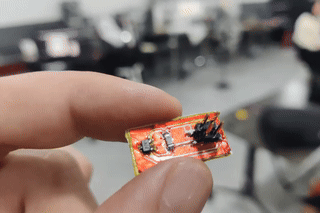
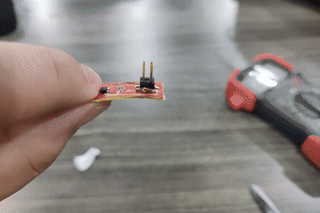
6. Testing
- Verified circuit functionality using basic magnetic field tests.
- As shown in the video, the flexible PCB performed well, withstanding bending and mechanical stress without impacting performance.
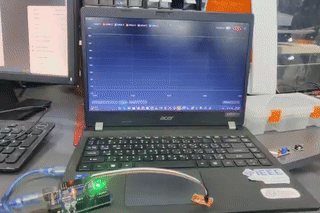
Learning Outcome
Through this project, I enhanced my skills in:
- KiCad schematic and PCB design workflows.
- Flexible electronics fabrication using UV printing and etching techniques.
- Precision soldering on flexible materials.
- Understanding the practical integration of Hall Effect sensors for magnetic field sensing in lightweight, flexible applications.
Additionally, I learned how to adapt the manufacturing process to produce innovative, durable designs suitable for real-world dynamic environments.